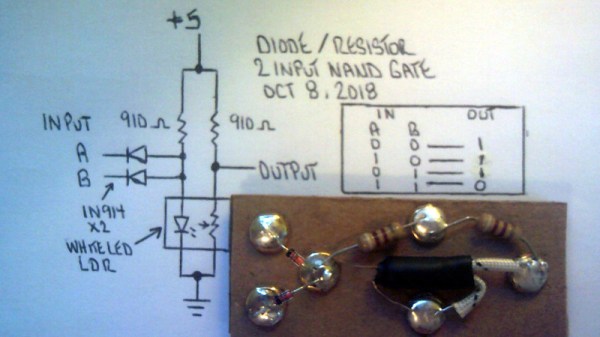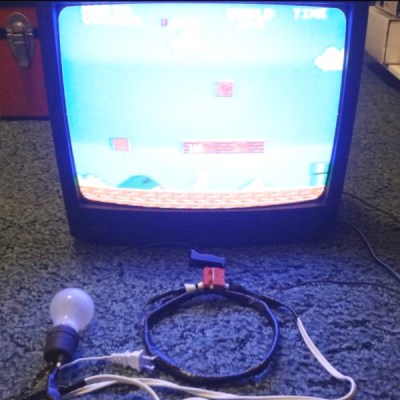When engineers are designing buildings, bridges, or other large construction projects, a lot of thought is given to the environment. Some of these considerations might seem obvious, like designing a skyscraper in San Francisco to tolerate earthquakes, building a stadium in New York City to hold up not only its own weight but the weight of several feet of snow on the roof, or constructing bridges in any coastal area to be able to tolerate salt spray. Not everything is this straightforward, though. Not only do the structures themselves have to tolerate the environmental conditions they are in, but the equipment that is used to build them must tolerate these conditions as well, specifically the large cranes that are often semi-permanently attached to their construction sites.
Perhaps the most extreme example of this in recent memory was during Typhoon Manghut as it hit Hong Kong. There were several large construction cranes that didn’t fare too well with the high winds. At least one toppled as a result and catching the free-spinning of another on video is more than enough to make you gasp. Other videos of construction cranes surfaced from this typhoon showing some concerning, but surprisingly well-designed, emergency operation of the same type of crane.



 We have
We have 









